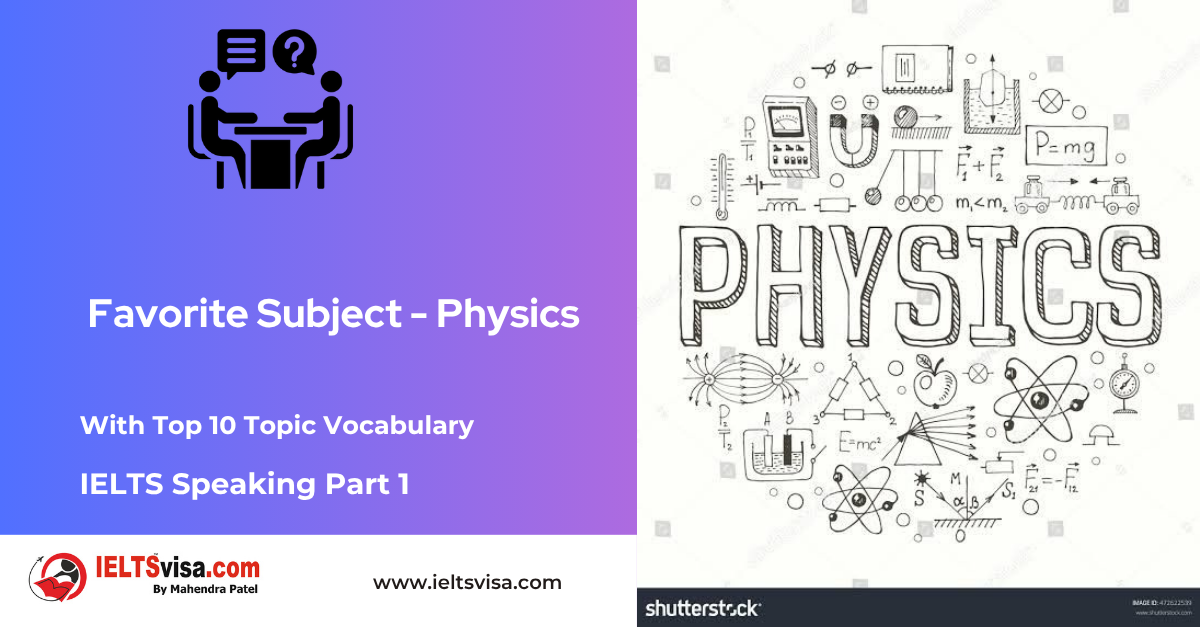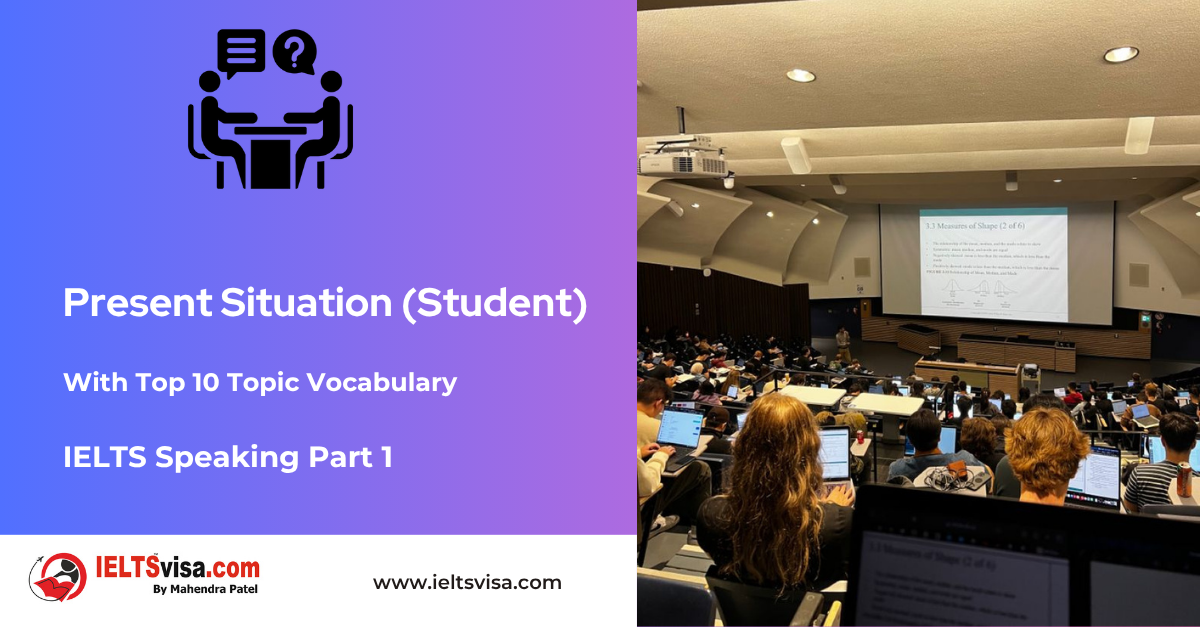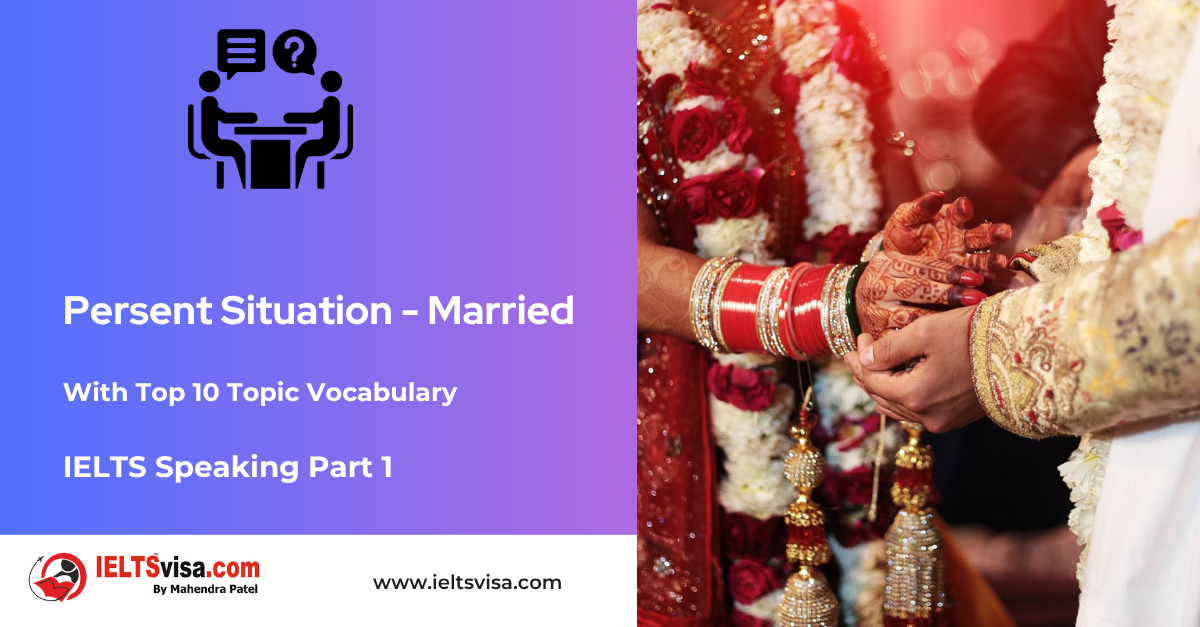The Present Participle
Grammar for IELTS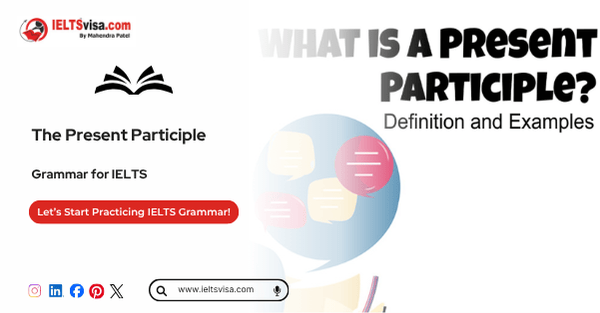
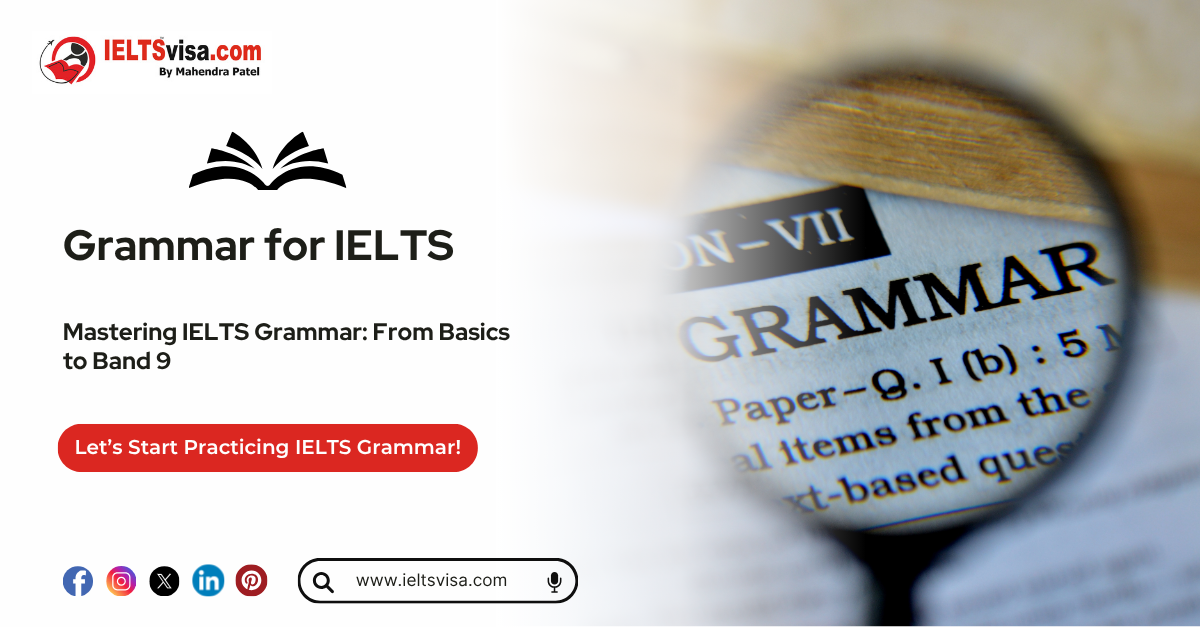
Participle
Hello, students! Today, we’re diving into an essential part of English grammar: participles. These versatile little helpers make our sentences more descriptive and allow us to form some of the most important tenses. Let’s break it down step by step so it’s easy to understand. 😊
What Is a Participle?
A participle is a form of a verb that can act as:
-
- An adjective describes a noun.
- A helper for forming verb tenses like the perfect and continuous tenses.
For example:
-
- As an adjective: The running water is cold.
- In a verb tense: She is running in the park.
Every verb has participle forms, and there are two main types of participles in English:
-
- Present participle
- Past participle
Let’s explore both of these in detail!
Types of Participles
1. Present Participle
The present participle is the form of the verb ending in -ing. It’s used to:
-
- Show an ongoing action in continuous tenses.
- Describe nouns as an adjective.
Examples of present participles:
-
- Verb: eat → Present participle: eating
- Verb: swim → Present participle: swimming
How it’s used:
1. In continuous tenses
-
- I am reading a book.
- They were playing football.
2. As an adjective
-
- Look at the shining stars.
- The crying baby needed attention.
Rules for forming present participles:
- For most verbs, add -ing to the base verb:
- walk → walking
- jump → jumping
- For verbs ending in -e, drop the -e and add -ing:
- make → making
- dance → dancing
- For verbs ending in a single vowel + consonant, double the consonant and add -ing:
- run → running
- sit → sitting
2. Past Participle
-
- In perfect tenses to show completed actions.
- In the passive voice.
- As an adjective to describe completed actions.
Examples of past participles:
- Regular verbs: add -ed:
- walk → walked
- play → played
- Irregular verbs have unique forms:
- go → gone
- see → seen
How it’s used:
1. In perfect tenses
-
-
- She has finished her homework.
- They had seen the movie before.
-
2. In the passive voice
-
-
- The book was written by a famous author.
- The cake was baked yesterday.
-
3. As an adjective
-
-
- The broken vase was on the floor.
- His tired eyes showed he hadn’t slept.
-
Participial Phrases
A participial phrase is a group of words that starts with a participle and describes a noun in the sentence.
Examples:
-
- Running through the park, she tripped over a rock.
(The phrase “Running through the park” describes “she.”) - Exhausted from the journey, he fell asleep quickly.
(The phrase “Exhausted from the journey” describes “he.”)
- Running through the park, she tripped over a rock.
Using Participles in Tenses
Continuous Tenses (with Present Participles)
Present participles are used with forms of the verb “to be” to create continuous tenses.
1. Present Continuous:
-
- I am reading a book.
- She is dancing.
2. Past Continuous:
-
- They were playing chess.
- He was studying all night.
3. Future Continuous:
-
- We will be traveling tomorrow.
- She will be working late.
Perfect Tenses (with Past Participles)
Past participles are used with forms of have to create perfect tenses.
1. Present Perfect:
-
- They have eaten dinner.
- I have finished my homework.
2. Past Perfect:
-
- By the time we arrived, she had left.
- He had completed the project.
3. Future Perfect:
-
- I will have finished the book by tomorrow.
- They will have arrived by noon.
Avoiding Mistakes: Dangling Participles
A dangling participle happens when the participle or participial phrase is not clearly connected to the noun it describes. This can make the sentence confusing!
Example of a dangling participle:
-
- Running down the street, the car honked loudly.
(This makes it sound like the car is running!)
- Running down the street, the car honked loudly.
Corrected version:
-
- Running down the street, I heard the car honk loudly.
Practice Time!
Find the participles in these sentences and identify if they are present or past participles:
1. The crying child held her mother’s hand.
2. He has written three books this year.
3. Burned by the sun, she decided to stay inside.
4. The dog is barking at the door.
5. They were walking home when it started raining.
Answers:
1. crying – Present participle
2. written – Past participle
3. burned – Past participle
4. barking – Present participle
5. walking – Present participle

Our Books
Master IELTS Speaking Part 1
IELTS Writing Task 1 Book
IELTS Writing Task 2 Book
Practice IELTS Other Modules
IELTS Listening
The IELTS Listening test assesses how well you can understand spoken English in various contexts. It lasts about 30 minutes and is divided into four sections with a total of 40 questions. The listening tasks become increasingly difficult as the test progresses.
IELTS Academic Reading
The IELTS Academic Reading section assesses your ability to understand and interpret a variety of texts in academic settings. It is designed to evaluate a range of reading skills, including skimming for gist, reading for main ideas, reading for detail, understanding inferences, and recognizing a writer's opinions and arguments.
IELTS Speaking
The IELTS Speaking test assesses your ability to communicate in English on everyday topics. It lasts 11-14 minutes and consists of three parts: introduction, cue card, and a discussion based on the cue card topic.
IELTS General Reading
IELTS General Reading tests your ability to understand and interpret various types of texts. Here are some key areas and types of content you can expect to encounter in the reading section, along with tips for effective preparation.
IELTS Academic Writing Task 1
In IELTS Academic Writing Task 1, you are presented with a visual representation of information, such as graphs, charts, tables, or diagrams, and you are required to summarize, compare, or explain the data in your own words.
IELTS General Writing Task 1
In IELTS General Writing Task 1, you are required to write a letter based on a given situation. The letter can be formal, semi-formal, or informal, depending on the prompt. Here’s a breakdown of the key components to include in your letter
IELTS Academic Writing Task 2
In IELTS Academic Writing Task 2, you are required to write an essay in response to a question or topic. Here’s a guide to help you understand the essential elements of this task
IELTS Exam Tips
To succeed in the IELTS exam, practice regularly, familiarize yourself with the test format, improve your vocabulary, develop time management skills, and take mock tests to build confidence.
Grammer for IELTS
Grammar is the foundation of effective communication in English. Understanding tense usage, subject-verb agreement, and sentence structure enhances clarity and coherence in writing and speaking.
Vocabulary for IELTS
Vocabulary plays a crucial role in the IELTS (International English Language Testing System) exam, especially in the Speaking and Writing sections. Here’s an overview of why vocabulary is important and how it impacts your performance
RECENT IELTS SAMPLES QUESTIONS AND ANSWERS
IELTS Speaking Part 1 – Favourite Sujbect – Physics
IELTS Speaking Part 1 - Favourite Sujbect - Physics Q: What is your favourite subject? A: My favourite subject...
IELTS Speaking Part 1 – Present Situation (Student)
IELTS Speaking Part 1 - Present Situation (Student) Q1: Are you a student or do you work?A: I’m a full-time...
IELTS Speaking Part 1 – Present Situation – Employee – as an International Student and Social Worker
IELTS Speaking Part 1 - Present Situation - Employee - as an International Student and Social Worker Q1: Are...
IELTS Speaking Part 1 – Persent Situation – Employee- as an Electric Engineer
IELTS Speaking Part 1 - Persent Situation - Employee- as an Electric Engineer Q1: What do you do for a...
IELTS Speaking Part 1 – Persent Situation – Employee – as an Software Engineer
IELTS Speaking Part 1 - Persent Situation - Employee - as an Software Engineer Q1: What do you do for a...
IELTS Speaking Part 1 – Persent Situation – Married
IELTS Speaking Part 1 - Persent Situation - Married Q1: Are you married?A: Yes, I am married. My spouse and I...

